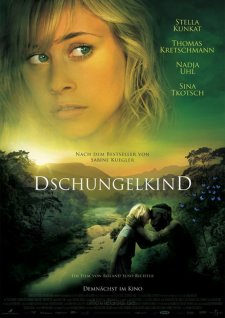 It is a pity that many wonderful films do not receive the distribution they truly deserve. Thus, if one is not living in the country where the movie is released or is not fortunate enough to attend a cinema festival where such films are screened, chances to see those films are quite slim. And, in fact, you may not even know about the existence of such films. Dschungelkind/Jungle Child (2011) is such a gem – a movie that deserves to be discovered.
It is a pity that many wonderful films do not receive the distribution they truly deserve. Thus, if one is not living in the country where the movie is released or is not fortunate enough to attend a cinema festival where such films are screened, chances to see those films are quite slim. And, in fact, you may not even know about the existence of such films. Dschungelkind/Jungle Child (2011) is such a gem – a movie that deserves to be discovered.
The film is based on real events and it tells the story of Sabine Kuegler’s unusual childhood; a Coming-of-Age story of a young girl (played by Stella Kunkat) who grew up deep in the jungles of Papua New Guinea. Sabine’s father is a linguist and, when a new tribe is discovered, he decides to build a house in the jungle and learn the tribe’s language and culture. His wife and children: Sabine, just eight years old at the time, her older sister and their younger brother move into the house after the tribal chief promises that the family will be safe as long as they do not interfere with the customs and the daily lives of his people. As it turns out, this simple condition is hard to follow when a culture clash is present. And, when the family finds itself in the middle of a tribal war, choices have to be made that may jeopardize the family’s safety.
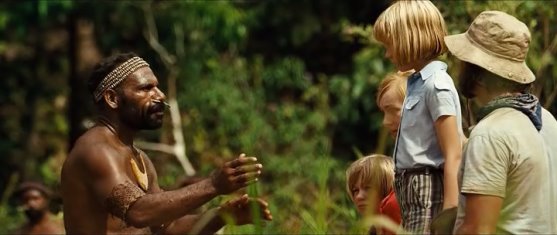
First encounters
As was mentioned earlier, the film is based on the autobiographical novel of Sabine Kuegler. The story is narrated by the now grown up Sabine, remembering her childhood experiences and adventures. As the story unfolds, Sabine discovers not only the world of the Fayu tribe, but learns about herself as well. She reflects on how what she saw, heard and learned in the jungle shaped her personality.
The movie was divided into chapters like in a book ( I haven’t read the book Dschungelkind/Jungle Child, but I suspect that the chapter titles from it were used in the film). As each new chapter is about to begin, the title on screen played the role of a teaser or spoiler. Such an approach may have hindered the flow of the action in the movie but, in the case of Jungle Child — which features the elements of both drama and documentary — it actually made the story better by adding an extra layer of interaction with the viewer.
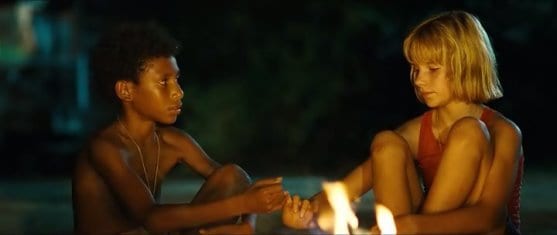
Friendship
The cinematography of the film is one of its best features: breathtaking vivid images of the jungle and ingenuous scenes revealing the life of an unknown culture. In that respect, the movie much reminded me of the 2005 film End of the Spear starring Chase Ellison. Stella Kunkat’s portrayal of the young Sabine made a huge impression on me with her expressiveness and very believable performance. Casting Stella and Tom Hoßbach in the movie (who played Sabina’s little brother) resulted in a bit of a stereotypical portrayal of German youth as far as appearance is concerned. Yet, in their case, both talent and the cute factor contributed significantly to the overall appeal of the film.
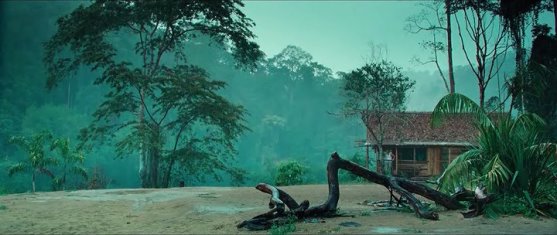
The Jungle
If you approach Jungle Child (2011) with expectations of powerful emotional scenes or swift action scenes, you may be disappointed. The main achievement of its director, Roland Suso Richter, was to tell a story that engages the audience without being overly manipulative, as when one reads a good book.
Jungle Child (2011) is nominated in the Best International Film of the 4th Annual Coming of Age movie awards.
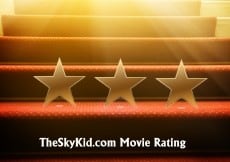
Film title: Dschungelkind
Also known as: Jungle Child
Release year: 2011 – UFA Cinema, ARD Degeto Film, Biscuit Films
Director: Roland Suso Richter
Cast: Stella Kunkat, Tom Hoßbach, Thomas Kretschmann, Nadja Uhl, Sven Gielnik, Emmanuel Simeon and others